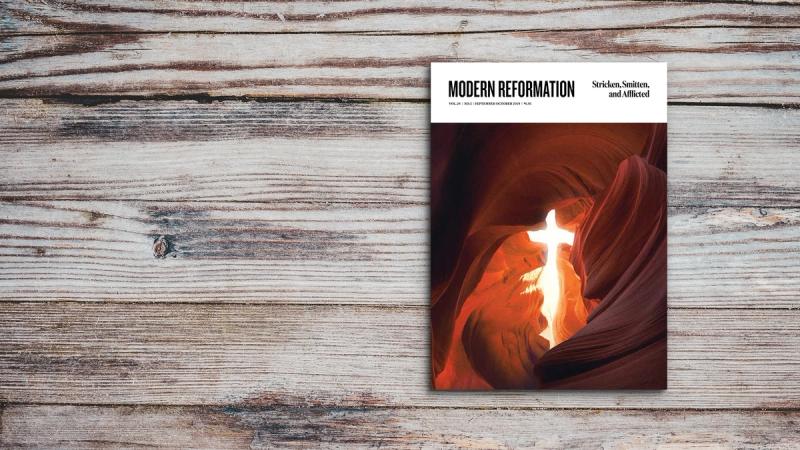The Gospels have sometimes been described as Passion narratives with long introductions! Nowhere is this truer than in John’s Gospel. He spends more time than Matthew, Mark, or Luke on the life of Jesus. He quickly skips over the agony of Jesus in the Garden of Gethsemane, almost—it seems—in a rush to get Jesus to the cross. It is as if John understands that all is for naught unless the Lamb of God—first introduced in John 1:29—actually dies for the sins of the world.
Scholars have debated for centuries how much of John’s material can be directly traced to the Synoptic Gospels, how much of it is his own, and how much is reliant on independent sources. Since those questions are beyond the scope of the articles in this issue, we recommend that readers spend time reviewing the evidence presented in D. A. Carson’s The Gospel According to John and Herman Ridderbos’s The Gospel of John. Carson, particularly, makes the point that John 18–19 (the chapters we explore in this issue) contain indications that John “read at least one and perhaps two of the Synoptic Gospels. For various reasons, however, he chose to write his own book.”
In this issue, we are following John’s lead and focusing on where he spends most of his time: on the cross of Jesus. To start things off, we asked Juan Sanchez, senior pastor of High Pointe Baptist Church in Austin, Texas, to help us understand the suffering and death of Jesus—as described in John’s Gospel and predicted by the Old Testament prophets centuries earlier. His article traces these prophecies to their fulfillment on the day that Jesus died.
The next article is by Lutheran theologian Tom Park, assistant professor of theology at Concordia University in Irvine, California. His article moves from John’s account to the content of the gospel as it has been preached by the apostles and other pastors down through history. Why is the death of Christ “of first importance,” as Paul explains in 1 Corinthians 15:3? Dr. Park answers this question by connecting the good news of the gospel to God’s promise-keeping in and through Jesus.
Finally, we conclude this issue with an innovative and interesting discussion by Shane Rosenthal, executive producer and current host of the White Horse Inn radio show. Shane helps us understand the significance of the physical place where Jesus was crucified. Using some of the latest research to debunk traditional claims for the site of Golgotha, he encourages us through God’s attention to every last detail of that fateful day.
May this issue of Modern Reformation renew your hope in the One crucified on the third day for the forgiveness of sins. Jesus now lives and reigns at the right hand of the Father, still bearing in his body the marks of his suffering and death.
Eric Landry executive editor





